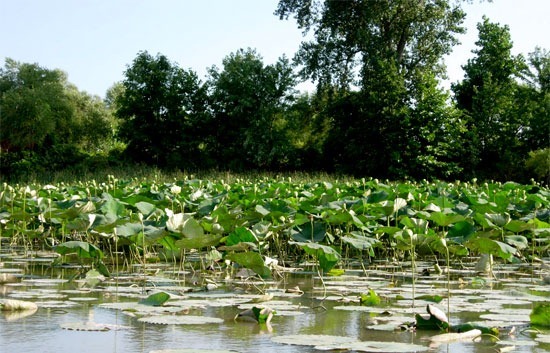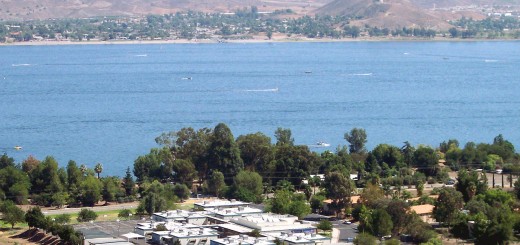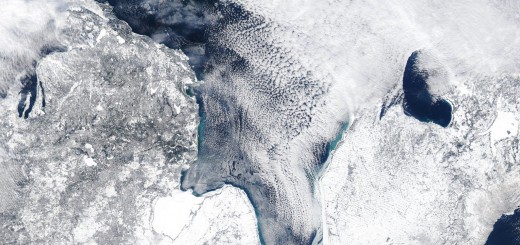Alaska’s Teshekpuk Lake is World’s Largest Thermokarst Lake
0Thermokarst lakes are formed in depressions left by melting permafrost and are commonly found in regions of the Arctic and mountainous areas.
These lakes are recharged by the ongoing melt of frozen ground. Alaska’s Teshekpuk Lake is thought to be the largest such lake in the world.

Caribou graze on the shore of Teshekpuk Lake. (Credit: Teshekpuk Lake Observatory)
Located in the Alaskan North, Teshekpuk rests in the National Petroleum Reserve. It spans 22 miles and is part of what some ecologists consider the most important wetland complex in the Arctic.
The marshy areas around the lake support molting geese that are largely stranded while they lose their feathers. By providing them with a nearby and easy-to-reach food supply, Teshekpuk Lake is key to their survival in the Arctic.
The freshwater lake also supports caribou, brown bear and polar bear populations and more than a dozen fish species. It is under threat from sea-level rise that is moving the coastline of the Beaufort Sea further inland.
A recent study notes the coastal shift is affecting the distribution of waterfowl near Teshekpuk Lake:
“The bottom line is that there is now an abundance of high quality goose forage along the coast,” said Paul Flint, research wildlife biologist with the U.S. Geological Survey. “Therefore, we expect this process to continue and for populations of black brant and other goose species to increase (along the coast).”













